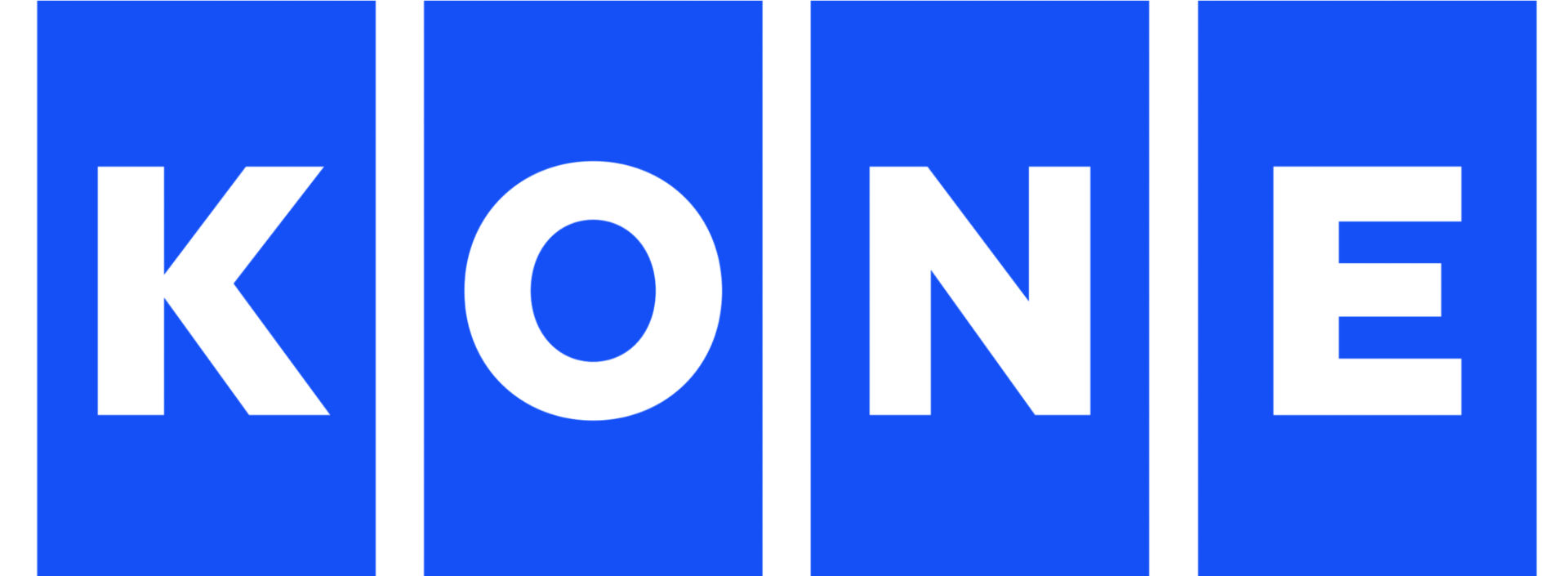Would you like to explore our corporate site or visit your local website?
Stay on Corporate siteIn recent months, many companies have been surprised by how seamless the transition to working from home has been. Remote work has prompted businesses to re-examine their office-first work model. But in time, more and more people have started to miss the things we often took for granted. In this episode, we discuss the emerging behavioural trends that will shape the way we work in the future—and unravel the new role of the office.
New ways of working will be driven by emerging behavioral shifts
Etti Seppä works at KONE’s innovation lab KONE WORX, where she spends her time searching for market signals on how people’s behavior is changing—with the aim to spark new innovations that capitalize on those movements. Etti’s latest project uncovers the changes happening within the office and how they could impact our way of working.
“The office isn’t just about the physical surroundings. It's a mentality. Companies and organizations need operating models and leadership strategies that allow people to choose how and where they work.” –Etti Seppä, Business Design Expert at KONE.
Etti believes we will see the emergence of the office-as-a-service, where companies will adopt pay-per-use models that allow them to scale up or down as needed. This offers predictability to companies that enable employees to choose where they work. By letting tenants pay for what they need, building owners and managers also benefit from new revenue streams that tenants are willing to pay for.
The office is a space for collaboration
Mahwesh Khan is a Research Associate for the Institute for Management Development (IMD) in Switzerland. She's been investigating how design and technology can make tomorrow's offices more effective as social learning and innovation spaces.
“Fluidity between remote and office work means office floor plans need to be reconsidered to be intentionally designed to encourage collaboration—so when you do choose to go to the office, you’re not stuck at your desk. If you want to bring employees back to the office, you need to rethink the office layout.” –Mahwesh Khan, Research Associate at IMD.
Mahwesh believes we need to build our offices to foster collaboration and learning. Offices that promote serendipitous encounters are more likely to thrive because people often learn from each other in an unstructured way.
Mahwesh says the International Olympic Committee’s new office building is a great example of an office that supports innovation and learning. She explains how the design of the Olympic House fosters collaboration between employees and has a positive impact on how employees view themselves and their organization.
Europe’s smartest multitenant office building
Torben Østergaard is an Architect and Partner at 3XN, the architecture firm behind Cube Berlin – Europe’s smartest multitenant office building. It features activity-based workstations, shared facilities, and dynamic office layouts that can be adapted to tenant’s needs. Internet of Things (IoT) enables the optimization of everything from access and indoor climate control to maintenance and energy supply – and even the behavior of the building’s users.
“The great thing about Cube Berlin is that all these IoT systems are connected in one server. It’s called the brain. Machine learning allows the brain to process data and help us understand how the building is used.” –Torben Østergaard, Architect and Partner at 3XN.
Smart features allow tenants to customize and control features like access control, heating and cooling, energy supply, and parking reservations, and much more. This operational data is stored in a server that links the individual systems of Cube Berlin – all of which can be constantly monitored and optimized.





